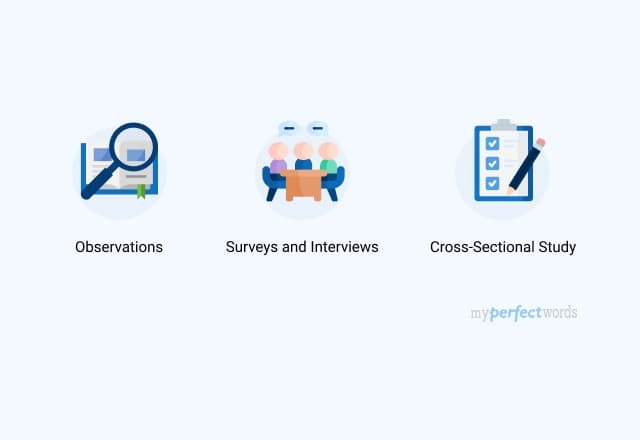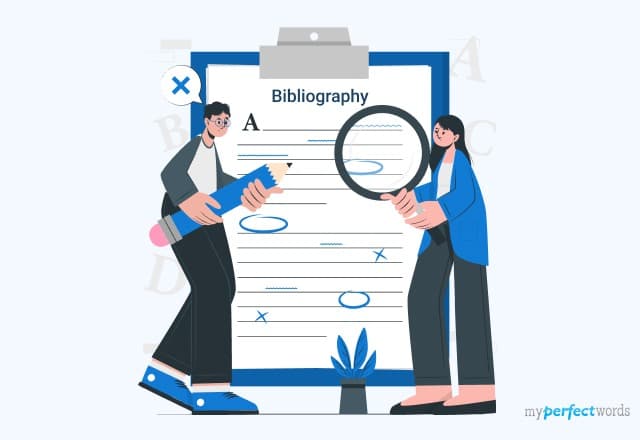
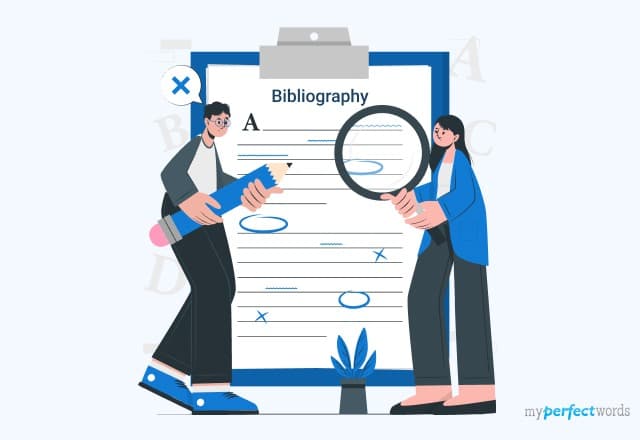
Imagine you've put a lot of effort into your research, gathering information from various sources. Your arguments are strong, and your evidence is solid, but there's this nagging worry – did you give credit where it's due?
The thought of messing up the citation styles can be overwhelming, especially for those new to academic writing.
In this blog post, you will be guided through the steps of how to cite a research paper properly. We’ll look into different citation styles and their formats. You will also get examples of citing different types of sources, such as websites, books, scholarly journals, and more.
So, let’s get started.
On This Page![]()
- 1. What Exactly is a Citation Style?
- 2. Components of a Research Paper Citation
- 3. How to Cite a Research Paper in Different Referencing Styles?
- 4. Citation Checklist for Your Research Paper
- 5. Common Citation Mistakes to Avoid
What Exactly is a Citation Style?
A citation style is a set of rules for acknowledging the sources of information in academic writing. It dictates how to format citations in your paper, including the arrangement of references, in-text citations, and other elements.
Essentially, it's a standardized way to give credit to the authors and sources that contribute to your work.
Different academic institutions often prefer specific citation styles, such as APA, MLA, or Chicago, to maintain consistency and ensure proper attribution of ideas.
Components of a Research Paper Citation
Citing a research paper involves more than just acknowledging the source; it requires a systematic approach that includes various essential components.
Let's dive into the 6 key elements of a research paper citation:
Title of the Paper
The research paper title represents the essence of it. Accurate citation ensures that readers can quickly identify the source and the specific topic under consideration.
Author(s) of the Paper
Citing authors acknowledges their intellectual contribution and provides credibility to your research. It also allows readers to trace the original work for deeper exploration.
Journal or Source Information
Properly citing the journal or source where the paper was published helps readers verify the credibility of the source and locate it for further reading.
Publication Date
Publication dates indicate the currency of the source. In fields where information evolves rapidly, citing outdated sources can misinform readers.
Page Numbers
Page numbers are crucial when citing specific ideas, quotes, or data from a research paper. They allow readers to pinpoint the exact location of the information within the source.
DOI (Digital Object Identifier)
A DOI is a unique alphanumeric string assigned to a digital publication. It ensures a stable and permanent link to the source, making it easy for readers to access and verify the paper.
Parts of Citation: In-Text Citations & Bibliography/References
Understanding how to use both in-text citations and the bibliography/reference section is essential for maintaining transparency in your research.
- In-Text Citations
These are brief references within your text that point readers to the full citation in the bibliography or references section.
In-text citations usually include the author's name and the publication year, helping readers locate the complete source.
- Bibliography/References
This section, found at the end of your paper, provides detailed information about each source you used.
It includes the author's name, the title of the work, publication information, and other details. It allows readers to find and verify your sources.
Below is a table that clearly demonstrates how to use both in different citation styles.
| Citation Style | In-Text Citation | Reference Entry (Bibliography/Works Cited) |
| APA (7th edition) | First citation: (Smith, Johnson, & Brown, 2021) Subsequent citations: (Smith et al., 2021) | Smith, J. A., Johnson, R. B., Brown, M.,... (2021). Title of the Paper. Journal Name, volume(issue), page numbers. DOI (if available). |
| MLA (8th edition) | (Smith et al. 78) | Smith, John, et al. "Title of the Paper." Journal Name, vol. 7, no. 2, 2021, pp. 76-89. |
| Chicago (17th edition) | Full Note: Short Note: | Smith, John A., Robert B. Johnson, and Mary C. Brown. "Title of the Paper." Journal Name 7, no. 2 (2021): 76-89. |
How to Cite a Research Paper in Different Referencing Styles?
Citing a research paper involves following specific rules based on referencing styles like APA, MLA, and Chicago.
Let's explore the process of citing research papers in various citation styles:
APA Research Paper Format
The American Psychological Association (APA) format is widely used in social sciences and is known for its clarity and precision in citation. It provides a set of rules and guidelines for formatting papers and citing sources to ensure clarity and consistency in academic writing.
APA Citation Formats for Different Kinds of Source
Source Type | Reference Entry Format | Reference Entry Example |
Books | Author, A. A. (Year of publication). Title of work: Capital letter also for subtitle. Publisher. | Smith, J. (2019). The Art of Writing. Academic Press. |
Journal Articles | Author, A. A. (Year). Title of article. Title of Journal, volume number(issue number), page range. | Johnson, L. M. (2020). The Impact of Climate Change. Environmental Science, 25(4), 321-335. |
Websites | Author, A. A. (Year, Month, Day). Title of web page. Website Name. URL | Brown, S. (2021, May 15). How to Cite in APA Style. Academic Writing Guide. https://www.example.com/cite-apa-style |
Newspapers | Author, A.A.. (Year, Month, Date of Publication). Article title. Magazine Title, pp. xx-xx. | Rosenberg, G. (1997, March 31). Electronic discovery proves an effective legal weapon. The New York Times, p. D5. |
Magazines | Author, A.A.. (Year, a month of Publication). Article title. Magazine Title, Volume(Issue), pp.-pp. | Tumulty, K. (2006, April). Should they stay, or should they go? Time, 167(15), 3-40. |
For multiple authors, you do not have to add all the authors in the list or even in the in-text citation. To understand more, read a complete APA format guide and learn to style your paper and citations accordingly.
MLA Research Paper Format
MLA also known as Modern Language Association Style is commonly used in the humanities and liberal arts. It emphasizes the author's name and page number in in-text citations and provides guidelines for formatting research papers.
MLA Citation Formats for Different Kinds of Source
Source Type | Reference Entry Format | Reference Entry Example |
Books | Author(s). Title of Book. Publisher, Year. | Smith, John. The Art of Writing. Academic Press, 2019. |
Journal Articles | Author(s). "Title of Article." Title of Journal, volume, issue, year, page range. | Johnson, Lisa M. "The Impact of Climate Change." Environmental Science, vol. 25, no. 4, 2020, pp. 321-335. |
Websites | Author(s). "Title of Web Page." Website Name, URL. | Brown, Sarah. "How to Cite in MLA Style." Academic Writing Guide, www.example.com/cite-mla-style. |
Magazines | Last Name, First Name. “Article Title.” Magazine Name Publication Date: Page Numbers. Medium. | Smith, John. “Obama inaugurated as President.” Time 21 Jan. 2009: 21-23. Print. |
Newspapers | Last Name, First Name. “Article Title.” Newspaper Name Publication Date: Page Numbers. Medium. | Smith, John. “Steelers win Super Bowl XLIII.” Pittsburgh Post-Gazette 2 Feb. 2009: 4-6. Print. |
A comprehensive MLA format guide will help you know and understand this style guide properly.
Chicago Style Research Paper Format
Chicago Style is a citation style widely used in history, literature, and other humanities disciplines. It offers two citation systems: the notes and bibliography system and the author-date system.
Chicago Citation Formats for Different Kinds of Source
Source Type | Reference Entry Format | Reference Entry Example |
Books | Author(s). Title of Book. Publisher, Year. | Smith, John. The Art of Writing. Academic Press, 2019. |
Journal Articles | Author(s). "Title of Article." Title of Journal volume, no. issue (Year): page range. | Johnson, Lisa M. "The Impact of Climate Change." Environmental Science 25, no. 4 (2020): 321-335. |
Websites | Author(s). Year. "Title of Web Page." Website Name. URL. | Brown, Sarah. 2021. "How to Cite in Chicago Style." Academic Writing Guide. www.example.com/cite-chicago-style. |
Newspapers | Last Name, First Name. “Article Title.” Newspaper Name, Publication Date. | Smith, John. “Steelers win Super Bowl XLIII.” Pittsburgh Post-Gazette, February 2, 2009. |
Magazines | Last Name, First Name. Article title. Magazine Title, Month Date, Year of publication. | Chan, Dan. The art of pandas. Panda Magazine, Nov 10, 1985. |
Chicago style format has many other conventions also, and you can learn them by going through a detailed guide.
ASA Research Paper Format
ASA (American Sociological Association) Style is commonly used in sociology and related fields. It provides guidelines for formatting research papers and citing sources.
ASA Citation Formats for Different Kinds of Source
Source Type | Reference Entry Format | Reference Entry Example |
Books | Author’s Last and First Name. Year of Publication. Title. Country of Publisher: Publisher. | James, Henry. 2003. The Turn of the Screw. New York: Barnes & Noble Books. |
E-Books | Author’s Last and First Name. Year of Publication. Title. Country of Publisher: Publisher. Retrieved Month Day, Year {link}. | James, Henry. 2003. The Turn of the Screw. New York: Penguin Books Kindle Version. Retrieved January 18, 2017. {link} |
Journal Articles | Author’s Last and First Name. Year of Publication. "Title." Journal Name issue #: inclusive page numbers. | Feekins, Bo. 2008. “Chasing Tree Frogs.” National Geographic #182. 6-10. |
Magazine Articles | Author’s Last and First Name. Year of Pub. "Title." Magazine Name, Month Year, pp. Inclusive page numbers. | Geary, Rachel. 2012. “The Issue with Mastery Learning.” New York Times, April 2002, pp. 15-23. |
Websites | Author’s Last and First Name. Date of Publishing. Title. Publisher. Retrieved Month Day, Year {link}. | Lee, Bruce. 03.09.2004. Birth of a Nation. Retrieved 18.01.2017. {link}. |
Read this complete ASA format and citation guide to know more about the citation style.
IEEE Style Research Paper Format
IEEE (Institute of Electrical and Electronics Engineers) Style is primarily used in engineering and technology fields for research papers and reports.
IEEE Citation Formats for Different Kinds of Source
Source Type | Reference Entry Format | Reference Entry Example |
Books | J. K. Author, "Title of chapter in the book," in Title of His Published Book, xth ed. City of Publisher, (only U.S. State), Country: Abbrev. of Publisher, year, ch. x, sec. x, pp. xxx–xxx. | [1] W. K. Chen, Linear Networks and Systems. Belmont, CA: WadsworthPress, 2003. |
Conference Papers | J. K. Author, "Title of paper," presented at the Abbreviated Name of Conf., City of Conf., Abbrev. State, Country, Month and day(s), year, Paper number. | D. Caratelli, M. C. Viganó, G. Toso, and P. Angeletti, "Analytical placement technique for sparse arrays," presented at the 32nd ESA Antenna Workshop, Noordwijk, The Netherlands, Oct. 5–8, 2010. |
Periodicals | J. K. Author, "Name of paper," Abbrev. Title of Periodical, vol. x, no. x, pp. xxx-xxx, Abbrev. Month, year. | M. Ito et al., "Application of amorphous oxide TFT to electrophoretic display," J. Non-Cryst. Solids, vol. 354, no. 19, pp. 2777–2782, Feb. 2008. |
Software Manuals | J. K. Author (or Abbrev. Name of Co., City of Co. Abbrev. State, Country). Name of Manual/Handbook, x ed. (year). Accessed: Date. [Online]. Available: http://www.url.com | L. Breimann. Manual on Setting Up, Using, and Understanding Random Forests v4.0. (2003). Accessed: Apr. 16, 2014. [Online]. Available: http://oz.berkeley/xyz |
To gain a comprehensive understanding of the IEEE style, start by thoroughly reading the comprehensive IEEE citation and format guide.
Citation Checklist for Your Research Paper
Ensuring accurate and consistent citations is paramount in scholarly writing. Use this checklist to fortify the credibility of your research paper:
Checklist Item | Details |
Choose the Right Style | Identify and adhere to the required citation style. |
Create a Comprehensive Reference List | Compile a detailed bibliography with all cited sources. |
Verify Authorship | Confirm accurate spelling and consistency of author names. |
Title Accuracy | Double-check book, article, and source titles for precision. |
Publication Details | Include precise information like publisher, journal, and date. |
Check Page Numbers | Ensure correct page numbers in both in-text citations and bibliography. |
Online Sources | Provide URLs or DOIs for online sources when applicable. |
Italicize Titles | Italicize book and journal titles in the references. |
Review Formatting | Adhere to style requirements for font, spacing, and margins. |
Common Citation Mistakes to Avoid
Citation errors can undermine your research. Be mindful of these mistakes:
- Missing Details: Omitting author names, publication dates, or page numbers leaves citations incomplete. Always verify and include these essentials.
- Formatting Errors: Incorrectly formatting author names, titles, or journal names can lead to inaccuracies. Use style guides for consistency.
- Plagiarism: Failing to attribute ideas to their authors constitutes plagiarism. Cite sources accurately and paraphrase when needed.
- Inconsistent Styles: Mixing citation styles or lacking consistency confuses readers. Stick to one style for clarity and coherence.
Explore our blogs for a comprehensive understanding of citation styles beyond the basics. Learn about NLM Citation, APSA Citation, AAA Citation, and AMA Style Citation.
To sum it up, we've taken a comprehensive journey through the ins and outs of citing a research paper in this guide. You've learned the various citation styles and the importance of proper referencing. With the knowledge you've gained, you're now well-equipped to cite your sources effectively and ethically.
But if you still find citing sources difficult, seeking professional help is always an option. MyPerfectWords.com provides a professional research paper writing service for your writing needs. We are dedicated to delivering quality work while adhering to your specified deadlines.
Contact our writing service and free yourself from academic burden today!
Frequently Asked Questions
What are the rules for citing figures, tables, and images from research papers?
When citing these elements from research papers, use a caption beneath each, including a figure or table number, title, and source citation. In the text, refer to them by their respective numbers (e.g., "Figure 1" or "Table 2").
What is the consequence of not citing a research paper properly?
Improperly citing a research paper can lead to accusations of plagiarism, academic penalties, and damage to one's credibility. Proper citation is essential for giving credit to original authors and maintaining academic integrity.
What is the difference between a bibliography and a reference list?
A bibliography includes all sources consulted during research, whether cited in the paper or not. A reference list, on the other hand, contains only the sources cited within the text. The key difference is what gets included—everything consulted versus only what's cited.

Write Essay Within 60 Seconds!
Use our AI tool to generate high quality essay-18976.png&w=256&q=75&dpl=dpl_6QwrLx3VWvRd2DNMXDELhWH2PkyK)
WRITTEN BY
Alexander P.
Harvard Law graduate. I build arguments anticipating every objection and dismantling it before it's raised. Airtight logic is non-negotiable.
Keep reading
Research Paper Writing - A Step by Step Guide

Research Paper Examples: Free Samples & Templates for Students

Guide to Creating Effective Research Paper Outline
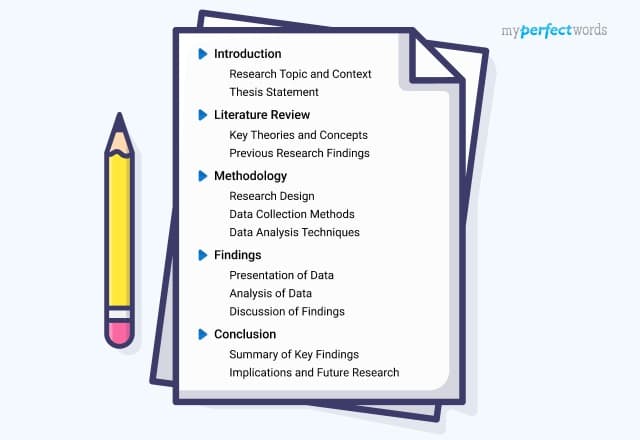
A Catalog of 300+ Research Paper Topics
-9352.jpg&w=828&q=75&dpl=dpl_6QwrLx3VWvRd2DNMXDELhWH2PkyK)
Research Proposal Writing - A Step-by-Step Guide

How to Start a Research Paper - 7 Easy Steps
-9374.jpg&w=828&q=75&dpl=dpl_6QwrLx3VWvRd2DNMXDELhWH2PkyK)
How to Write an Abstract for a Research Paper - A Step by Step Guide
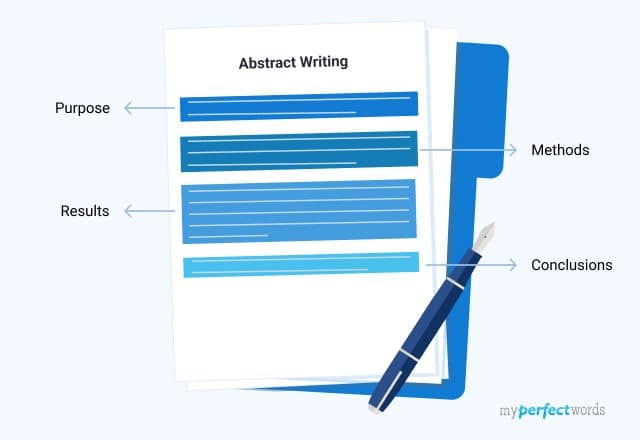
Writing a Literature Review For a Research Paper - A Comprehensive Guide
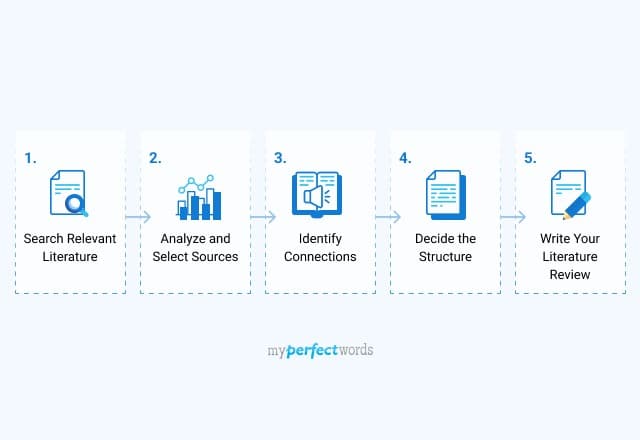
Qualitative Research - Methods, Types, and Examples

8 Types of Qualitative Research - Overview & Examples
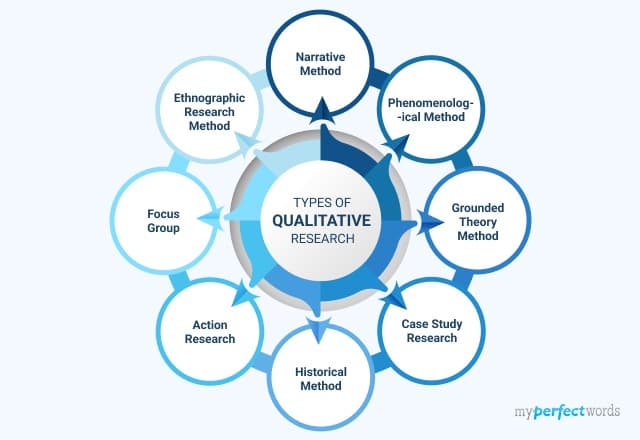
Qualitative vs Quantitative Research - Learning the Basics
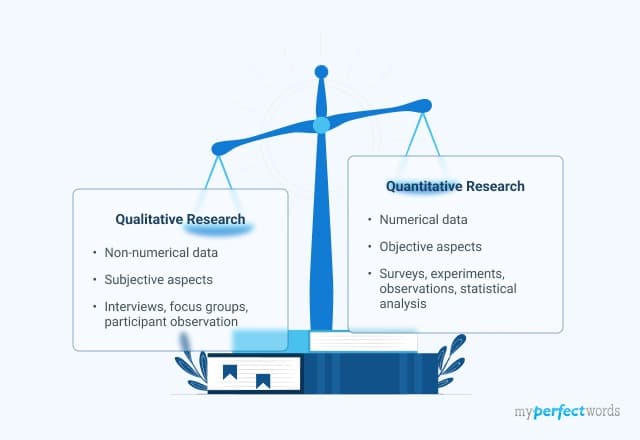
200+ Engaging Psychology Research Paper Topics for Students in 2025
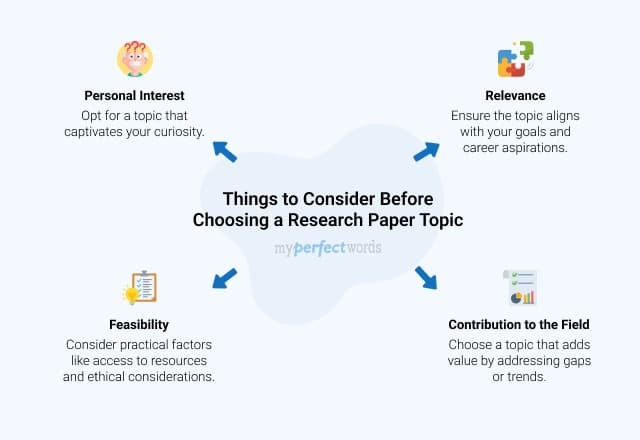
Learn How to Write a Hypothesis in a Research Paper: Examples and Tips!
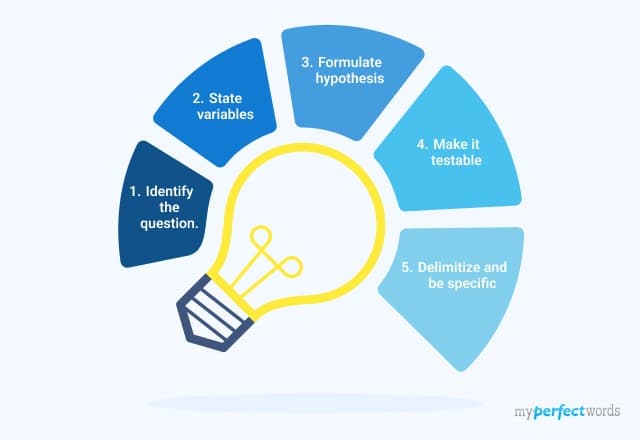
20+ Types of Research With Examples - A Detailed Guide
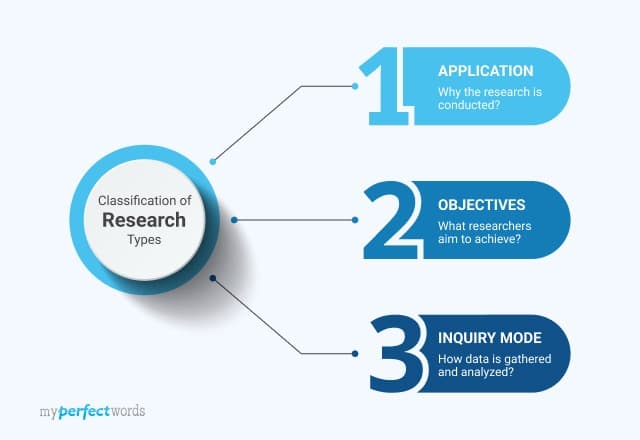
Understanding Quantitative Research - Types & Data Collection Techniques

230+ Sociology Research Topics & Ideas for Students
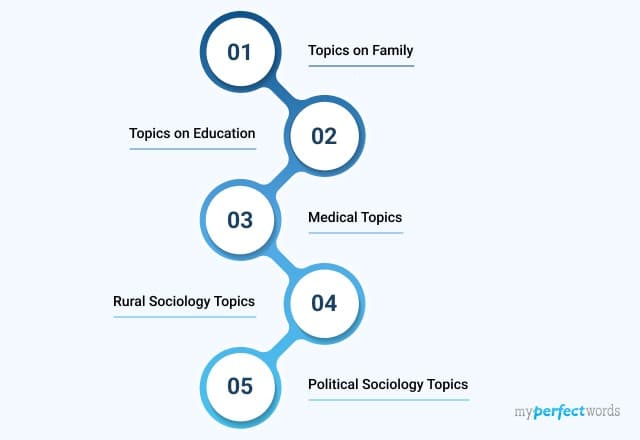
Excellent History Research Paper Topics- 300+ Ideas

A Guide on Writing the Method Section of a Research Paper - Examples & Tips
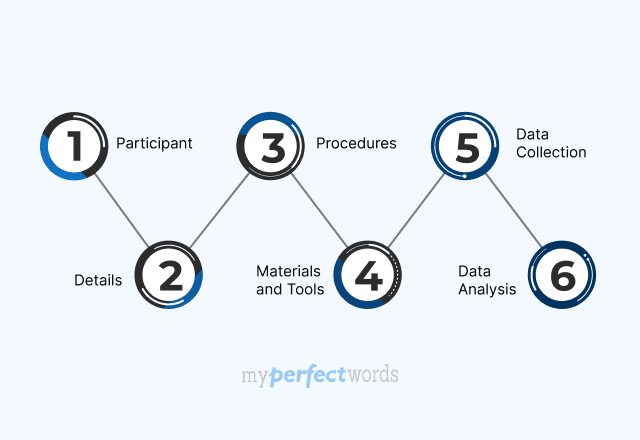
How To Write an Introduction Paragraph For a Research Paper: Learn with Examples
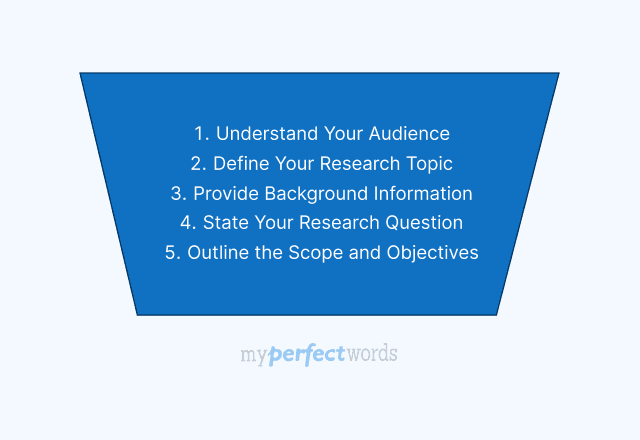
Crafting a Winning Research Paper Title: A Complete Guide
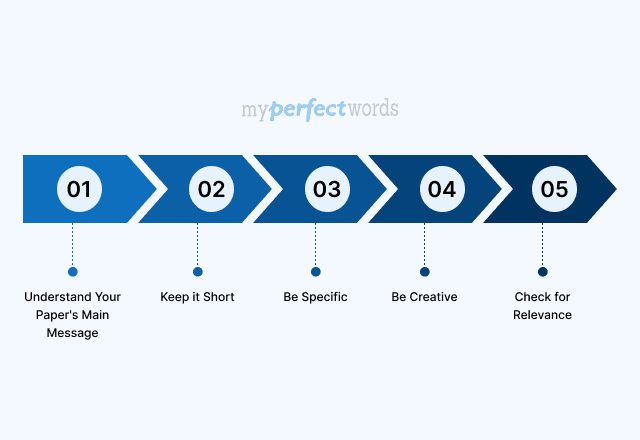
Writing a Research Paper Conclusion - Step-by-Step Guide
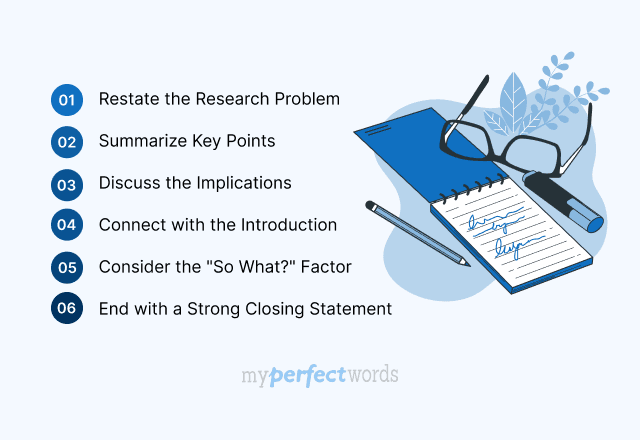
Writing a Thesis For a Research Paper - A Comprehensive Guide
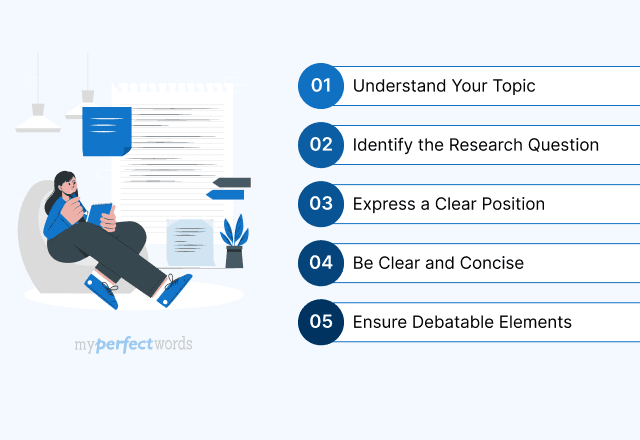
How To Write A Discussion For A Research Paper | Examples & Tips
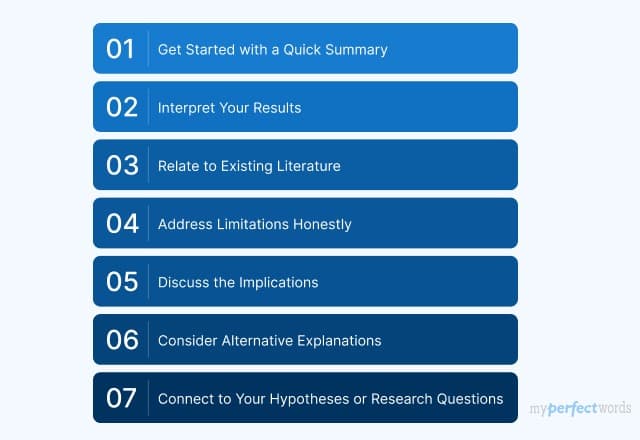
How To Write The Results Section of A Research Paper | Steps & Examples
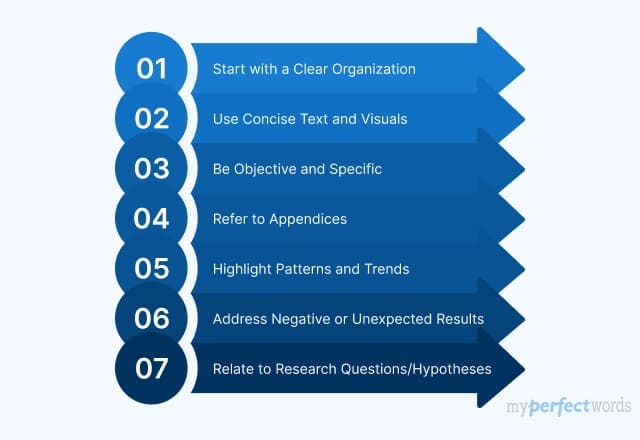
Writing a Problem Statement for a Research Paper - A Comprehensive Guide
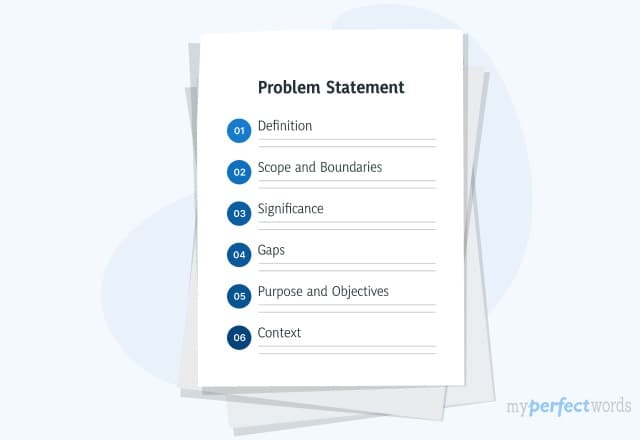
Finding Sources For a Research Paper: A Complete Guide
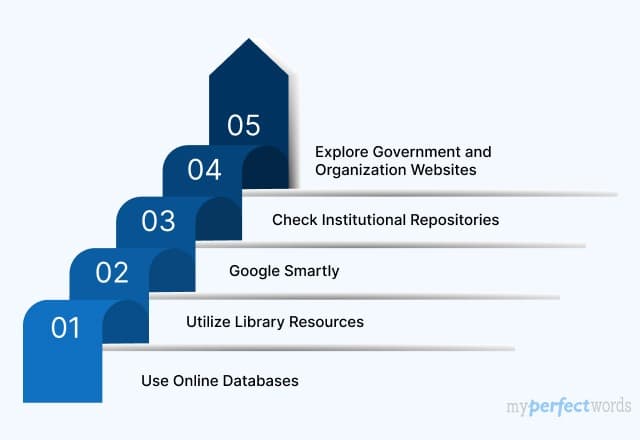
A Guide on How to Edit a Research Paper
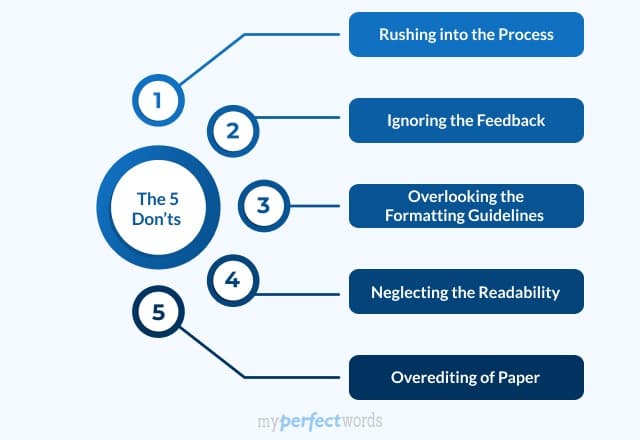
200+ Ethical Research Paper Topics to Begin With (2025)
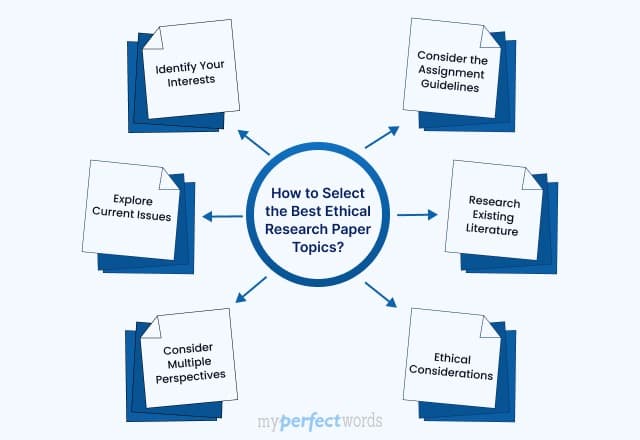
300+ Controversial Research Paper Topics & Ideas - 2025 Edition
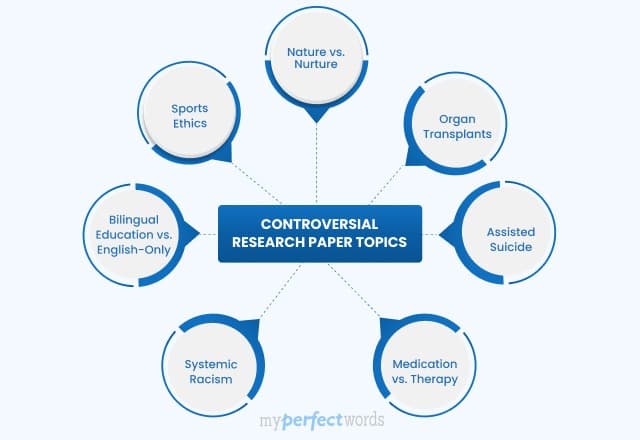
150+ Argumentative Research Paper Topics For You - 2025

How to Write a Research Methodology for a Research Paper
